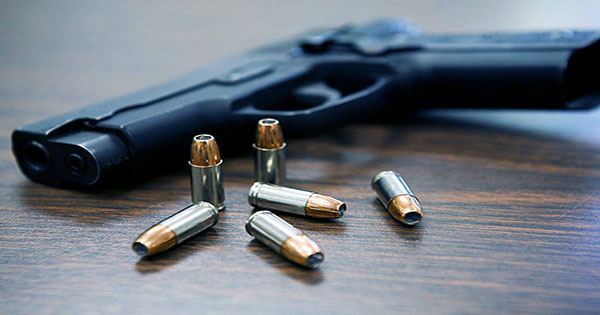COVID-19 caused approximately 550,000 deaths in the United States between March 2020 and April 2021. That is a huge number of people who may still be alive if it had not been for the pandemic, but that is not the complete story. There are other people alive who would not have been otherwise: with schools closed, the United States went 18 years without a school shooting; with companies and workplaces closed the dozen or so annual large public shootings that the country had come to expect vanished. Official statistics seemed to be confirming what many people already knew: that if society put on lockdown and the inhabitants stayed at home, gun violence would decrease. However, according to a new study published today in the journal Scientific Reports, the contrary was true: gun violence rates increased by more than 30% during the epidemic. The rate of gun violence has more than doubled in some states, including Minnesota, Michigan, and New York.
“We found a strong association between the COVID-19 pandemic time frame and an increase in gun violence in the U.S. compared to the pre-pandemic period,” explains the study. “While stay-at-home orders and social distancing measures are vital to contain the spread of COVID 19, we also need to be aware of the unintended social and economic stressors that may lead to gun violence.” The researchers point out that this is especially terrible news because hospitals and healthcare systems are still swamped by the pandemic. The epidemic has drained resources such as blood – some hospitals reported only having enough for one transfusion per day, and surgeries have been postponed nationally – and COVID-19 patients have already taken up ICU units and staff.
“We need ICU beds, ventilators, and manpower to deal with the influx of Covid-19 patients.” But, inside America’s overcrowded ICUs, shooting patients are increasingly fighting for space and resources,” noted Elinore Kaufman, a fellow in surgical critical care and trauma surgery at the University of Pennsylvania, in April 2020. “As our intensive care units fill up with patients battling to breathe, we look around and wonder if we can save a bed, or two beds, for the shooting victims who will be arriving soon?” Who can keep an eye on these ventilated patients if we have to summon doctors to the operating room?”
Long lines outside gun stores became commonplace in 2020, as seen by today’s study, which found a “substantial increase” in the number of criminal background checks conducted for gun purchases during the COVID-19 stay-at-home orders compared to the same period the previous year. Although the authors suggest that increased gun ownership is a factor in the rise in gun violence, an earlier study found no clear link between the two, concluding that the problem caused by “other factors, such as job loss, economic change, the closure of schools and community organizations and nonprofits, and civil unrest.”
A similar finding was reached in today’s investigation. According to the study, the epidemic has resulted in a “significant rise in the burden of depressed symptoms in the United States,” which could have contributed to an increase in firearm-related suicides. It goes on to say that, many have been forced to stay away from their families and friends, which may have exacerbated psychological stress and depressive symptoms. In a statement, co-lead investigator Paddy Ssentongo stated, “The pandemic has resulted in severe ripple consequences that need to be addressed.” “The rise in gun violence in the COVID-19 era serves as a harsh reminder that we can no longer afford to ignore it.” Now is the moment to concentrate on the public health emergency.”















